Rising Home Renovation Activities
The Internal Bifold Door Market Industry is benefiting from a surge in home renovation activities. As homeowners seek to enhance their living spaces, bifold doors are often chosen for their ability to create a sense of openness and light. This trend is particularly pronounced in regions where older homes are being updated to meet contemporary design standards. Data suggests that the home renovation market is expected to grow by approximately 5% annually, with bifold doors being a favored choice for many renovation projects. This increase in renovation activities is likely to drive demand for bifold doors, as they offer both functional and aesthetic advantages. The Internal Bifold Door Market Industry is thus well-positioned to capitalize on this growing trend in home improvement.
Increased Focus on Energy Efficiency
Energy efficiency has become a critical consideration in the Internal Bifold Door Market Industry. With rising energy costs and growing environmental concerns, consumers are increasingly opting for doors that offer superior insulation and energy-saving features. Bifold doors made from high-quality materials, such as thermally broken aluminum or insulated wood, can significantly reduce heating and cooling costs. This trend aligns with broader sustainability goals, as energy-efficient products contribute to lower carbon footprints. Market analysis indicates that energy-efficient bifold doors are gaining traction, with a projected increase in sales as more consumers prioritize eco-friendly home improvements. The Internal Bifold Door Market Industry is thus likely to see a surge in demand for products that meet these energy efficiency standards.
Rising Demand for Space Optimization
The Internal Bifold Door Market Industry is experiencing a notable increase in demand for space optimization solutions. As urban living spaces become more compact, consumers are seeking innovative ways to maximize their available area. Bifold doors, known for their ability to fold and slide, provide an effective means of creating flexible living environments. This trend is particularly evident in residential renovations and new constructions, where homeowners prioritize multifunctional spaces. According to recent data, the market for bifold doors is projected to grow at a compound annual growth rate of approximately 6% over the next five years, driven by this need for efficient space utilization. The Internal Bifold Door Market Industry is thus positioned to benefit from this ongoing shift towards more adaptable living arrangements.
Growing Popularity of Open Concept Designs
The Internal Bifold Door Market Industry is witnessing a shift towards open concept designs in residential and commercial spaces. This architectural trend emphasizes fluidity and connectivity between different areas, making bifold doors an ideal choice for creating seamless transitions between indoor and outdoor environments. As homeowners and designers increasingly favor open layouts, the demand for bifold doors that can effectively enhance these spaces is on the rise. Recent surveys indicate that nearly 70% of new home designs incorporate some form of open concept, further driving the need for versatile door solutions. Consequently, the Internal Bifold Door Market Industry is poised to capitalize on this trend, as consumers seek to enhance their living spaces with stylish and functional bifold door options.
Technological Innovations in Door Manufacturing
Technological advancements are playing a pivotal role in shaping the Internal Bifold Door Market Industry. Innovations in manufacturing processes, such as automated production techniques and the use of advanced materials, are enhancing the quality and performance of bifold doors. These developments not only improve durability but also allow for greater customization options, catering to diverse consumer preferences. Additionally, smart home technology integration is becoming increasingly prevalent, with features such as automated opening and closing mechanisms gaining popularity. This trend is expected to attract tech-savvy consumers looking for modern solutions. As a result, the Internal Bifold Door Market Industry is likely to experience growth driven by these technological innovations, which enhance both functionality and aesthetic appeal.





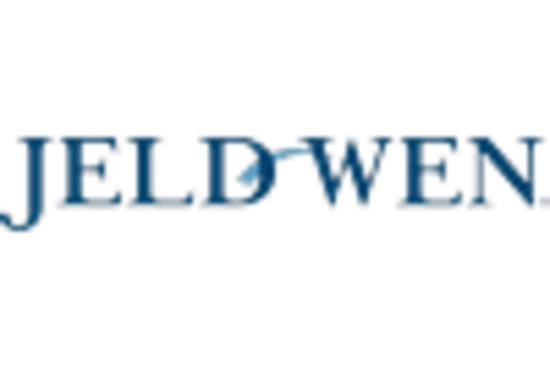
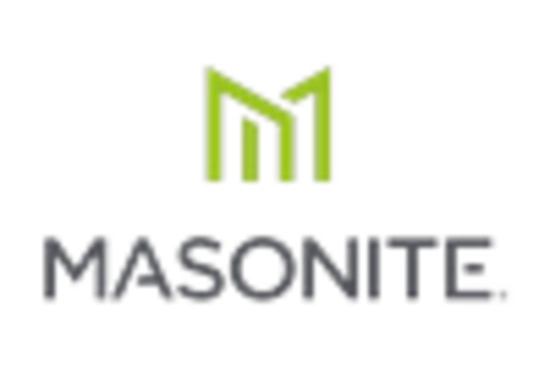
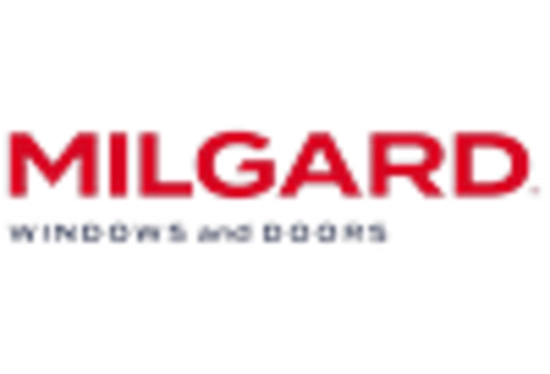
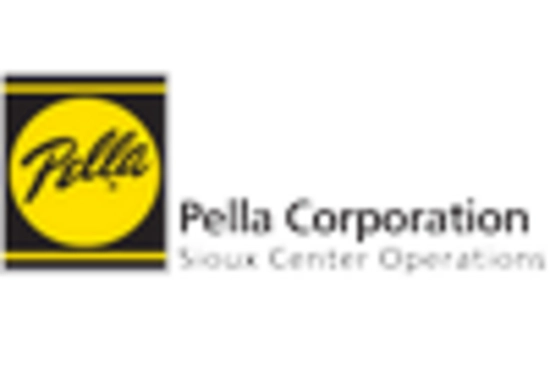
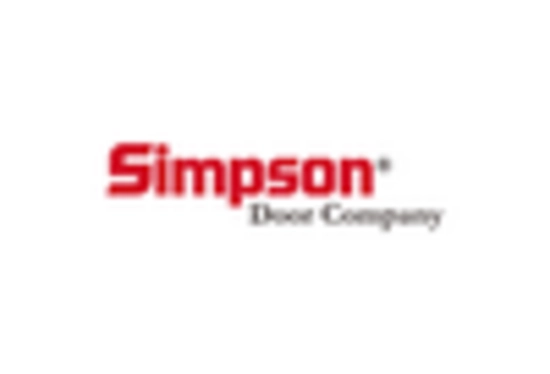








Leave a Comment